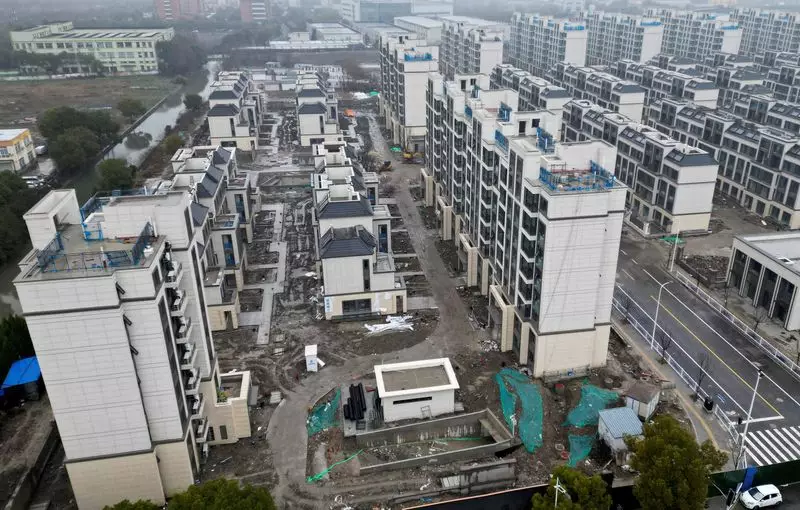The People’s Bank of China (PBOC) recently announced significant policy measures aimed at revitalizing the struggling property market in the face of an economic downturn. As the country grapples with a slowdown, the central bank is directing commercial banks to lower existing mortgage rates, illustrating the urgency with which these economic challenges are being addressed.
In a groundbreaking move, the PBOC has instructed banks to reduce interest rates on existing home loans prior to October 31. The new policy mandates commercial banks to cut these rates by at least 30 basis points below the Loan Prime Rate (LPR), which currently serves as China’s benchmark for mortgage rates. Analysts anticipate an average cut around 50 basis points, a measure intended to alleviate the financial burden on homeowners and stimulate activity in a market that has been notably sluggish.
This strategy represents a broader trend of interventions aimed at counteracting the adverse effects of an underperforming real estate sector. Over the past year, China’s property market has faced a confluence of difficulties, including plummeting demand and declining sales figures, leading to a crisis that has put immense pressure on the national economy.
Policy Interventions Targeting Local Markets
In addition to the central bank’s directives, several major cities have unveiled their own policies to further stimulate housing demand. For instance, Guangzhou announced the removal of its home purchase restrictions, paving the way for both local and non-local buyers to enter the market more freely. Meanwhile, cities like Shanghai and Shenzhen are relaxing rules for non-residents and lowering down-payment ratios for first-time homebuyers to a minimum of 15%. Such localized measures indicate a targeted approach to bolster home sales, particularly in areas that have seen marked declines in property transactions.
Despite these initiatives, the overall impact on the market has been lukewarm at best. Recent data shows that new home prices have recently experienced their most significant decline in over nine years, while property sales are down 18% compared to the previous year. This fragile state of the market raises important questions about the effectiveness of these policies to attract buyers and revive investor confidence.
A critical examination of these interventions reveals that while they may provide immediate relief, fundamental issues within the property market remain unresolved. The PBOC itself noted that the existing mortgage rate pricing mechanism has displayed significant flaws in light of recent market shifts. This scenario suggests that merely adjusting interest rates will not suffice to heal the deep-rooted issues stemming from oversupply, declining consumer confidence, and broader economic uncertainties.
Moreover, previous mortgage rate cuts primarily benefitted new buyers, thereby ignoring the existing homeowners burdened with high-interest loans. This disparity has led many to accelerate their repayment schedules, further squeezing household spending—a crucial driver for economic growth.
The PBOC’s acknowledgement of these insufficiencies signals an ongoing need for reform in the way mortgage rates are structured and adjusted. As a result, the central bank’s commitment to extending supportive measures to real estate developers through the continuation of development loans and trust loans until 2026 aims to enhance financing avenues for the sector.
Looking Forward: The Path to Recovery
As China navigates these tumultuous economic waters, the effectiveness of the recent mortgage rate adjustments will depend heavily on their reception and implementation by financial institutions and homebuyers alike. A successful recovery will require not just lower rates, but a holistic approach that revitalizes consumer confidence and resolves the underlying issues plaguing the real estate market.
While the measures undertaken by the PBOC and various municipal governments represent significant steps towards mitigating the ongoing property crisis, the road to recovery will necessitate a deeper and more nuanced understanding of the market’s challenges. Stakeholders must remain adaptive as they continue to search for solutions that will restore balance and stability to one of China’s most vital economic sectors.

